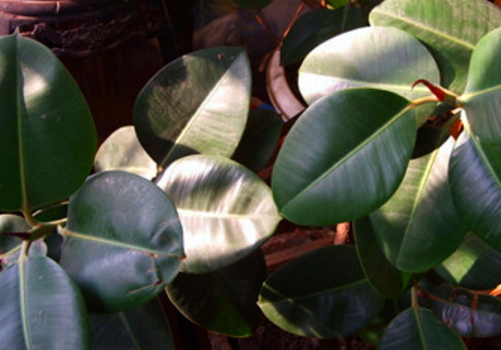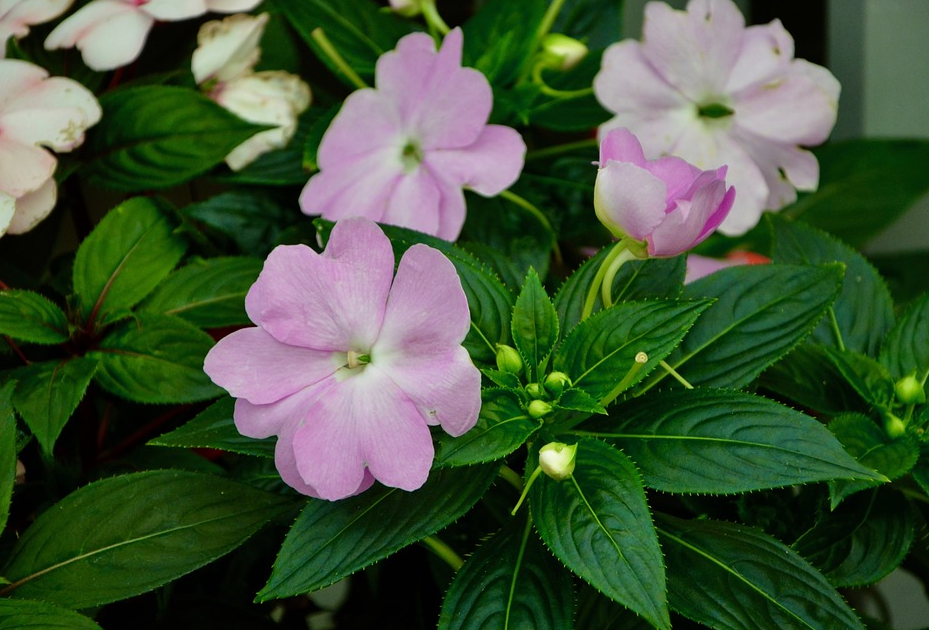How is rose leaf yellowing to return a responsibility? What should I do?
Rose is known as the queen of flowers, also known as "moon red", the four seasons bloom, generally red, or pink, occasionally white and yellow, can be used as an ornamental plant, can also be used as a medicinal plant. Many people always have yellowing leaves when planting, so what is the yellowing of rose leaves? What should I do?

There are many reasons for the yellowing of rose leaves: if it is caused by too much watering, take off the pot and put it in a cool place to dry, and then put it back into the flowerpot. If it is caused by improper fertilization, thin fertilizer should be applied frequently, not a large amount of fertilizer. If it is caused by the virus, it is necessary to spray the virus to prevent and cure it. If it is improper to change the basin and soil, it is necessary to pour water after changing the basin and keep it in a cool place.
I. improper watering
The young leaves are dark yellow and have no luster, the old leaves do not change obviously, the branches are thin and yellowish green, and the growth of new shoots shrinks abnormally, which indicates that they are overwatered.
You need to remove the plant from the pot and put it in a cool, ventilated place and wait for the soil to dry before putting it back into the flowerpot.
The yellow with too little water is different from the yellow with too much water, the yellow with less water shows that the leaf tip or edge is dry and withered, the old leaf is withered and yellow from the bottom up, while the growth of the new leaf is relatively normal.
When watering, pay attention to "do not dry do not water", watering should be thoroughly watered to ensure sufficient water.
2. Improper fertilization
In the early stage of growth, it is best to apply light fertilizer frequently, mainly compound fertilizer, and adopt the method of hole application or pouring.
Do not apply immature organic fertilizers and large amounts of chemical fertilizers, which can burn roots, causing plants to wilt and die.
3. Viral yellow leaves
If the roots and leaves of the rose are damaged by the virus, there will be this symptom, and the leaves will be unstretched and will be accompanied by yellowing, showing a lack of vitality.
Control can be sprayed with virus gram and dew and other solvents, but to a comprehensive maintenance and management-based, robust plants will have a strong resistance.
IV. Improper change of basin and soil
Although the work of changing the basin and soil sounds very simple, it is not easy to make the root system combine closely with the soil. You can use small sticks to help stabilize or gently pier the soil. The application of base fertilizer should choose mature fertilizer and stay away from the root system as far as possible. Avoid direct contact with the root.
After changing the basin, the water should be watered thoroughly, maintained in a cool place, and the second watering should be carried out when the basin soil is slightly dry, and then the watering principle of "no dry, no watering" should be followed.
There is no need to apply fertilizer for a short time after changing the basin, and it will be fertilized at least three weeks later.
In terms of changing the soil, if there is lime powder or too much acidity in the soil, it will also cause the leaves to turn yellow. If you don't want to turn your rose into "aged woman", then carry out effective maintenance and management in accordance with the above aspects, and you will certainly let the green dye all over the branches and leaves.
Time: 2019-04-05 Click:
- Prev

How did the rubber tree lose its leaves? Attach breeding methods and matters needing attention!
Rubber tree has stout branchlets, broad, thick leaves, bright leathery, green or dark green, so it is a good potted foliage plant. So, how did the rubber tree lose its leaves? What are the breeding methods and precautions for rubber trees? How did the rubber tree lose its leaves?
- Next

What's with the rotting roots of impatiens? What shall I do? How to get through the winter safely?
Impatiens, also known as henna, like the sun, afraid of dampness, heat and cold resistance, strong survivability, good adaptability, generally few diseases and insect pests. But domestic impatiens sometimes have rotten roots, so what about the rotting roots of impatiens? What shall I do? How to get through the winter safely? The reason for the rotting Root of Impatiens
Related
- Fuxing push coffee new agricultural production and marketing class: lack of small-scale processing plants
- Jujube rice field leisure farm deep ploughing Yilan for five years to create a space for organic food and play
- Nongyu Farm-A trial of organic papaya for brave women with advanced technology
- Four points for attention in the prevention and control of diseases and insect pests of edible fungi
- How to add nutrient solution to Edible Fungi
- Is there any good way to control edible fungus mites?
- Open Inoculation Technology of Edible Fungi
- Is there any clever way to use fertilizer for edible fungus in winter?
- What agents are used to kill the pathogens of edible fungi in the mushroom shed?
- Rapid drying of Edible Fungi

